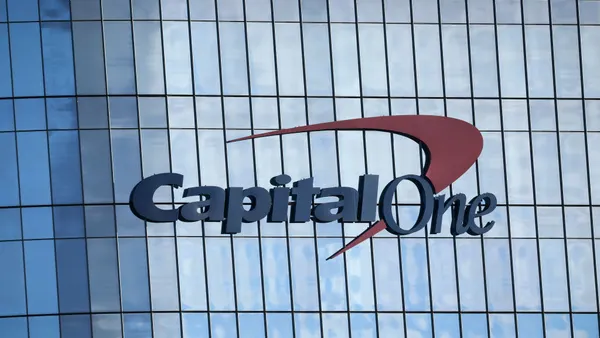When financial services work, infrastructure is invisible. When they don’t, it’s all anyone sees.
Over the past decade, the rapid growth of fintech has been driven by speed: the ability to launch and integrate quickly, and scale rapidly. But this rise often came with trade-offs, namely, a reliance on third-party providers and fragmented systems. Now, those trade-offs have become structural risks.
Recent failures, including frozen accounts, delayed settlements, and partner collapses, have highlighted what happens when businesses lack direct control over their financial infrastructure. These failures didn’t just interrupt service, they triggered regulatory scrutiny, media headlines, and customer distrust.
The message is clear: In today’s environment, relying on sponsor banks or cobbled-together providers is no longer good enough.
The Importance of Infrastructure Ownership
Early on, some fintechs made this critical choice. Rather than assembling their stack through third-party integrations, they chose to build from the ground up, securing acquiring and banking licenses, developing their own platforms, and building compliance into the core of their operations.
That decision wasn’t driven just by regulatory ambition, though. It was driven by the desire for speed, resilience, and global scalability. When a company has full control over their payments infrastructure, treasury operations, onboarding protocols, and compliance practices, they are best positioned to meet the market's growing demands.
Three major forces are driving this shift:
-
The always-on economy: Real-time payments, instant settlements, and 24/7 uptime are now baseline expectations. Delays that are caused by third-party integrations aren’t just frustrating, they’re damaging.
-
SaaS maturity: Platforms increasingly expect embedded finance that’s built-in, not added on. That requires deep integration, not shallow partnerships.
-
Global ambition: Businesses increasingly operate globally, allowing companies to launch quickly and compliantly, without the headache of securing new, unique, and therefore fragmented, providers in each market.
Providers who have built on external systems face a very serious challenge. Every dependency adds an extra layer of risk and operational drag, and when something breaks, resolution can be slow and visibility limited.
Why Licensing Is a Strategic Choice
In financial services, a license isn’t just a regulatory requirement, it’s a core structural decision, and not all licenses provide the same degree of control.
On one end are Money Transmission Licenses (MTLs), in the U.S., or e-money licenses in Europe. These enable fund movement, but not fund control. With MTLs, businesses can’t hold deposits, settle transactions, or access payment systems directly. They instead rely on external banks for critical functions.
Acquiring licenses offer more flexibility and control and allow providers to process and settle card payments directly, yet they don’t provide access to underlying central bank settlements.
Full banking licenses create the highest degree of control and create innovative product offerings. These licenses are key to fostering true innovation and setting the stage for success and scale within the regulatory framework. They allow a provider to not only move and store funds, but to hold deposits, connect directly with payment networks, issue accounts, manage treasury, and settle in real-time. These licenses transform a company from being a facilitator to a financial institution with true ownership over their experiences. This ownership extends to regulatory engagement, as these licenses foster direct relationships with regulators, meaning we’re not just interpreting rules, we’re part of the conversation and can more directly communicate with our merchants.
These distinctions matter. The further a business is from owning its infrastructure, the more it depends on others for mission-critical services. That’s not just operationally risky, it’s strategically limiting.
Infrastructure Is the Strategy
Today, infrastructure is no longer just the engine keeping the product running. In many ways, it is the product. It determines the speed at which funds are able to move, the products that can be built, the compliance ecosystem in which merchants exist, and how effectively businesses can scale.
Fintech’s next phase will be defined by those built to last. That means owning infrastructure, holding the proper licenses, and embedding financial services deeply into the core of the business.
The lesson is becoming clearer: In an era of increasing complexity, long-term resilience is the real competitive advantage. For fintechs, the question is no longer whether to invest in infrastructure, it’s whether they can afford not to.










